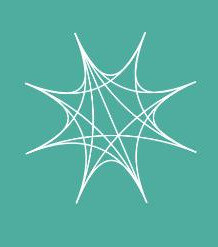Abstract
Temporal alignment is an inherent task in most applications dealing with videos: action recognition, motion transfer, virtual trainers, rehabilitation, etc. In this paper we dive into the understanding of this task from a geometric point of view: in particular, we show that the basic properties that are expected from a temporal alignment procedure imply that the set of aligned motions to a template form a slice to a principal fiber bundle for the group of temporal reparameterizations. A temporal alignment procedure provides a reparameterization invariant projection onto this particular slice. This geometric presentation allows us to elaborate a consistency check for testing the accuracy of any temporal alignment procedure. We apply this consistency check to some alignment procedures from the literature based on dynamic programming for the task of aligning motions of tennis players. The comparison of the obtained results leads us to propose a version of dynamic programming that incorporates keyframe correspondences. The temporal alignment procedures produced are not only more accurate, but also computationally more efficient.
Reference
Tumpach, A. B., & Kán, P. (2023). Temporal Alignment of Human Motion Data: A Geometric Point of View. In F. Nielsen & F. Barbaresco (Eds.), Geometric Science of Information : 6th International Conference, GSI 2023, St. Malo, France, August 30 – September 1, 2023, Proceedings, Part II (pp. 541–550). Springer. https://doi.org/10.1007/978-3-031-38299-4_56

